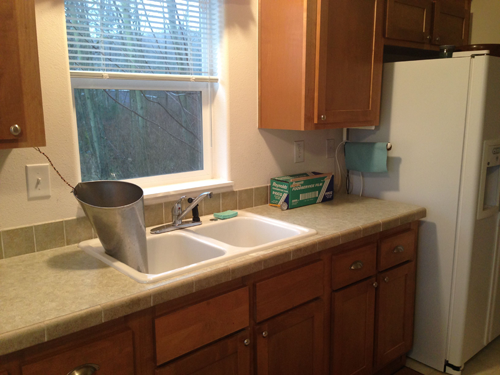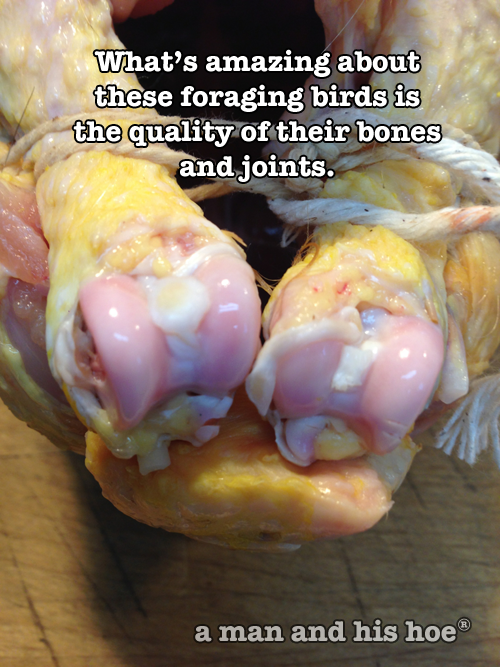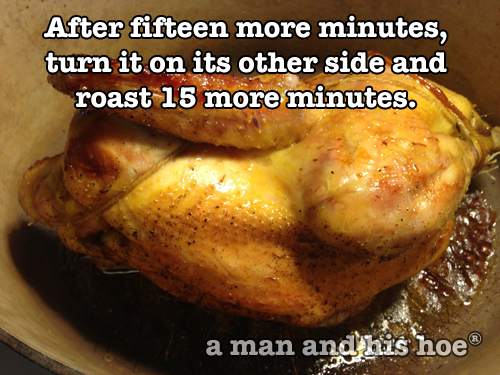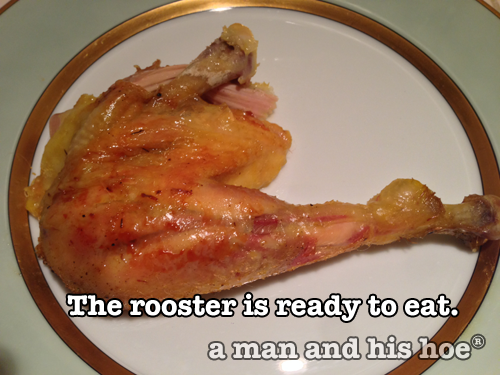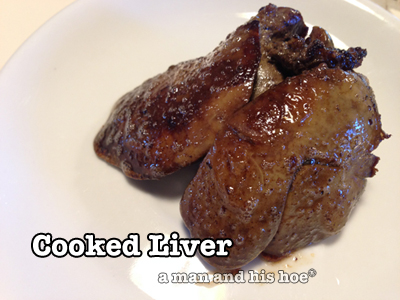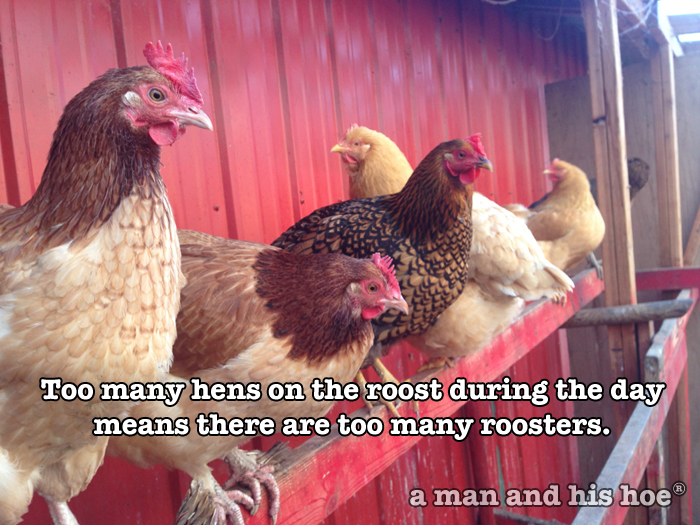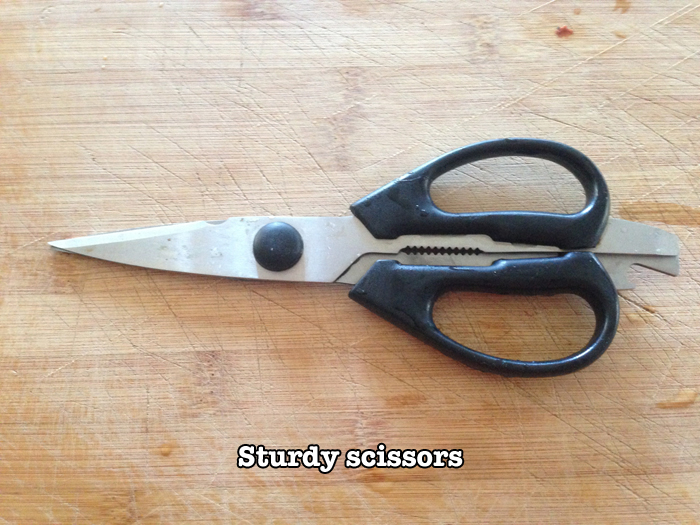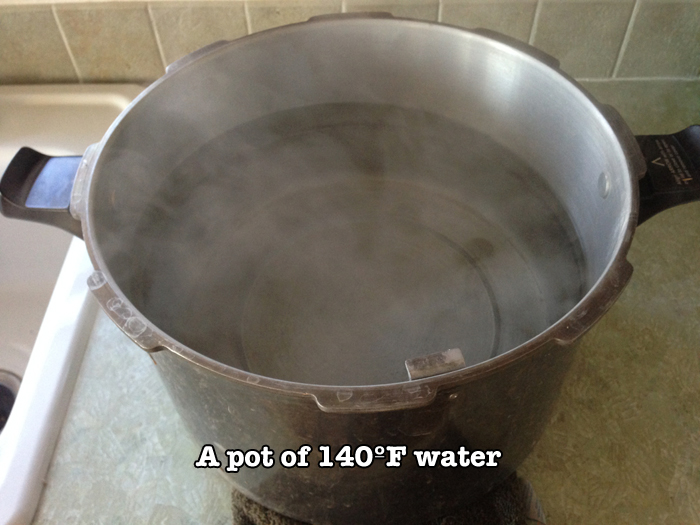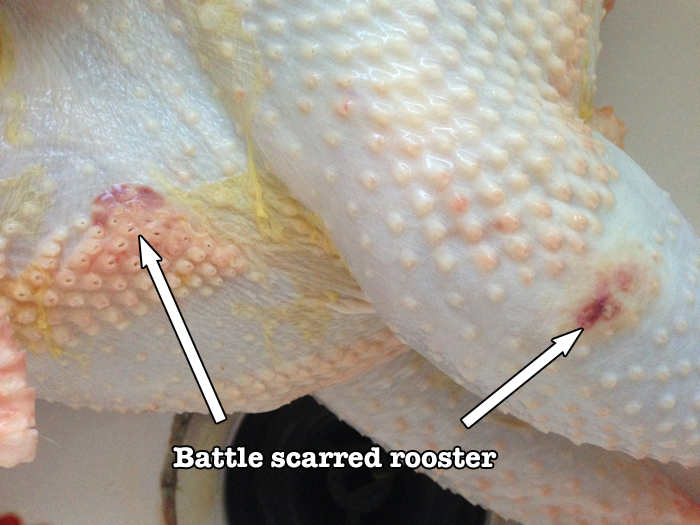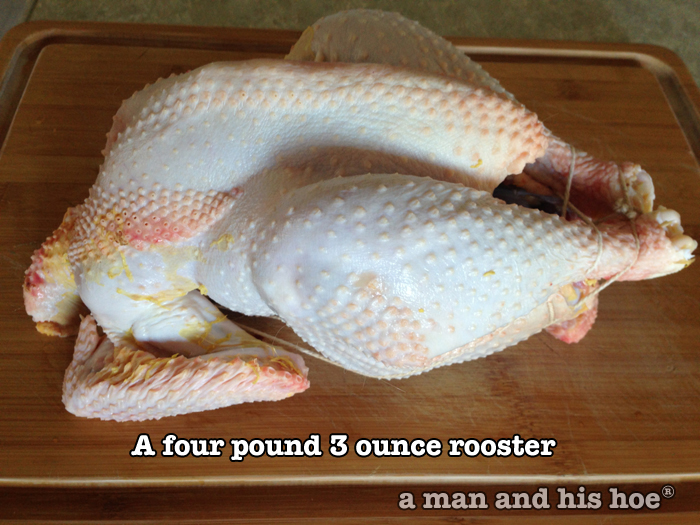
Where would you prefer to get your chicken? From a plant like this Foster Farms processing plant which was recently closed due to cockroach infestation? At a plant like this, up to 140 chickens move through the processing line a minute. That is more than two chickens a second. And the chicken processing companies want to speed these processing lines up to 175 chickens per minute.

Or would you rather get your chickens from a quiet cabin in the woods where chickens are butchered just one at a time, and only five or so chickens are ever butchered in a single day, with each one being handled with great care?
Chickens at a man and his hoe never leave their home. They are never transported in crowded containers to processing plants miles from home. Instead, they are carefully caught, and once caught, their heads are covered with soft towels to keep them calm. They never see what is happening to them, and the other chickens never see another chicken being butchered.
It is your choice.
